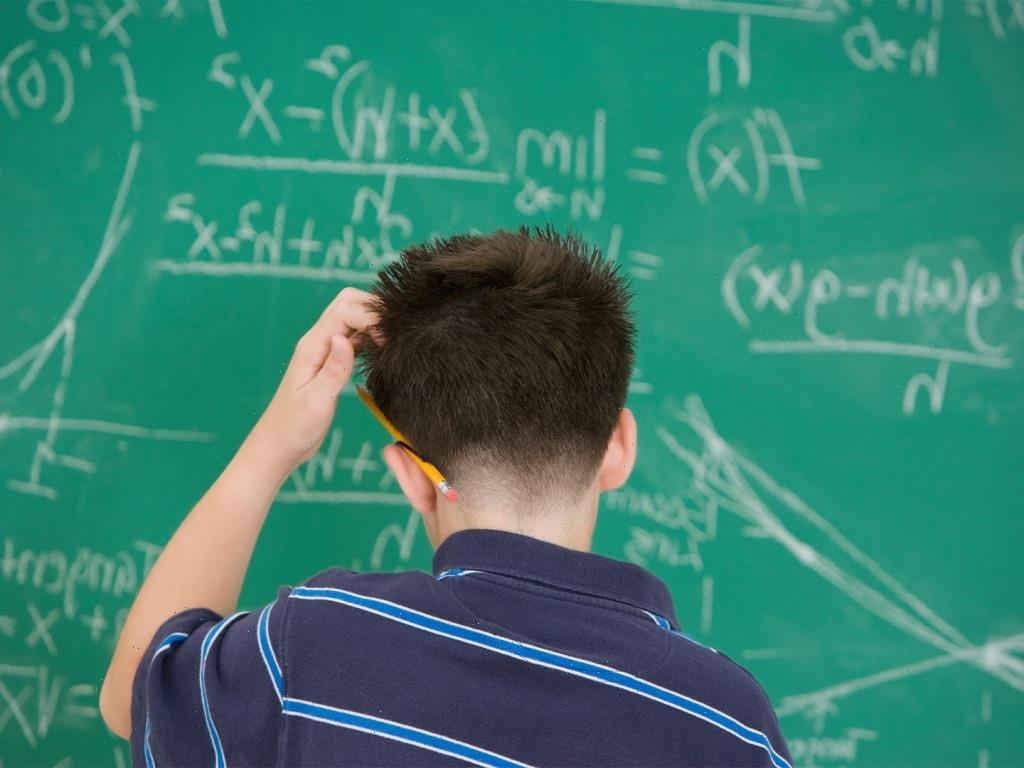The pandemic has had a crushing effect on children’s academic performances, according to a recent article from The New York Times. The results of national tests show that 9-year-olds’ grasp of math and reading has slipped to the lowest it’s been in more than 30 years.
Diving a little further into those test scores, it was determined that students are struggling with basic math skills, like adding fractions with common denominators, and reading comprehension abilities, such as understanding a character’s feelings in a story.
The scores show that Black students went down 13 points in math, while white students fell 5 points. Sarah Mervosh, the Times reporter, notes that this is the result of schools with a predominately Black population using remote learning for a longer period of time. Harvard’s Center for Education Policy Research offered the stats behind that statement, after testing data from 2.1 million students in 10,000 schools in 49 states for a study conducted in May.
“We investigate the role of remote and hybrid instruction in widening gaps in achievement by race and school poverty,” the researchers explained in their abstract. “We find that remote instruction was a primary driver of widening achievement gaps. Math gaps did not widen in areas that remained in-person (although there was some widening in reading gaps in those areas). We estimate that high-poverty districts that went remote in 2020-21 will need to spend nearly all of their federal aid on academic recovery to help students recover from pandemic-related achievement losses.”
These studies are shedding more and more light onto just how far students have fallen over the past few years.
The U.S. Government Accountability Office sounded the alarm about academic performance issues in a June report, which offered insights into the experiences of teachers, students and parents. The study found that virtual learning has been detrimental to students, while pointing to the stress and exhaustion that the pandemic had created for everybody involved.
“The trauma of the last 2 years has profoundly affected many students and teachers, some of whom lost parents or family members,” the Accountability Office wrote. “As our teacher survey, educator and parent discussion groups, and other research has shown, this trauma and pandemic-associated schooling disruptions disproportionately harmed vulnerable students and contributed to growing disparities between student populations. Further, after 2 years of challenging working conditions, teachers are confronting burnout and recent surveys indicate that many are thinking of leaving their jobs.”
So, what can be done? The report offered several solutions. Reducing class size is key, along with having dedicated teachers for virtual learning and for in-person learning. Mental health services could increase student engagement, as well.
Boosting family involvement may also be helpful, with more frequent check-ins between educators and parents. They also suggested workshops for parents, which put an emphasis on how to best support their kids. Many educators stressed that, in order to help boost the performances of children, the staff needs to be given the best resources possible.
“We’ve got to get our adult staff ready first,” one principal said in the report. “No matter what that disruption is, making sure they are as comfortable as they can be for whatever we do, however we do it. Because they really are our star players in this whole thing. And if we can’t get them set up and ready to go, that’s definitely where we’re going to be behind. ”
Before you go, check out our gallery on the coolest tech gadgets & laptops for back-to-school!
Source: Read Full Article

